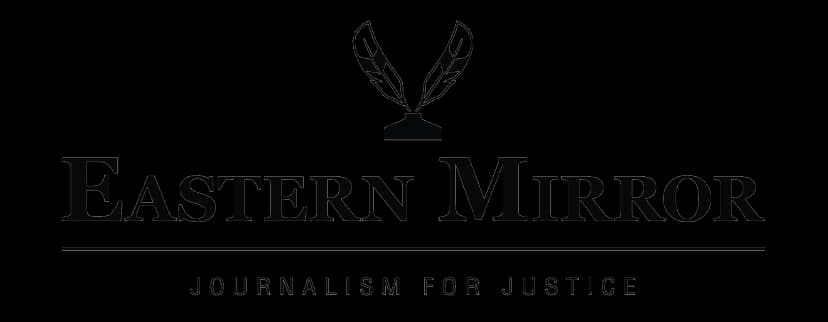MONDAY, JULY 28, 2025
- Home
- Donald Trump's travel ban takes effect amid growing chaos over immigration enforcement
Donald Trump's travel ban takes effect amid growing chaos over immigration enforcement
An extensive travel ban issued by Trump took effect amid growing chaos over his administration's immigration enforcement
Published on Jun 10, 2025
By IANS
Share
- HOUSTON — An extensive travel ban issued by US President Donald Trump took effect amid growing chaos over the Trump administration's immigration enforcement.
-
- Over the weekend, protesters clashed and faced off with National Guard troops in downtown Los Angeles during the demonstrations against immigration raids that swept across California.
-
- In New York City, demonstrators occupied the Trump Tower on Monday, demanding the release of immigrants detained in recent raids. Police arrested at least 20 of them after a standoff lasting about 20 minutes, Xinhua news agency reported quoting local media.
-
- Trump signed a proclamation last week, fully banning the entry of nationals from 12 countries, namely Afghanistan, Chad, the Republic of the Congo, Equatorial Guinea, Eritrea, Haiti, Iran, Libya, Myanmar, Somalia, Sudan and Yemen, citing national security risks.
Read: US Supreme Court allows Trump administration ending humanitarian parole for 500,000-plus migrants
- According to a release by the White House, these countries were found "to be deficient with regards to screening and vetting and determined to pose a very high risk to the United States."
-
- Meanwhile, the proclamation partially restricts the entry of nationals from seven countries -- Burundi, Cuba, Laos, Sierra Leone, Togo, Turkmenistan and Venezuela.
-
- "The restrictions and limitations imposed by the Proclamation are necessary to garner cooperation from foreign governments, enforce our immigration laws, and advance other important foreign policy, national security, and counterterrorism objectives," the White House said.
-
- Exceptions to the ban include lawful permanent residents, existing visa holders, certain visa categories, and individuals whose entry serves US national interests.
-
- During his first term, Trump announced a ban on travelers from seven countries, a policy that went through several iterations before it was upheld by the Supreme Court in 2018. Former President Joe Biden reversed the ban in 2021.

